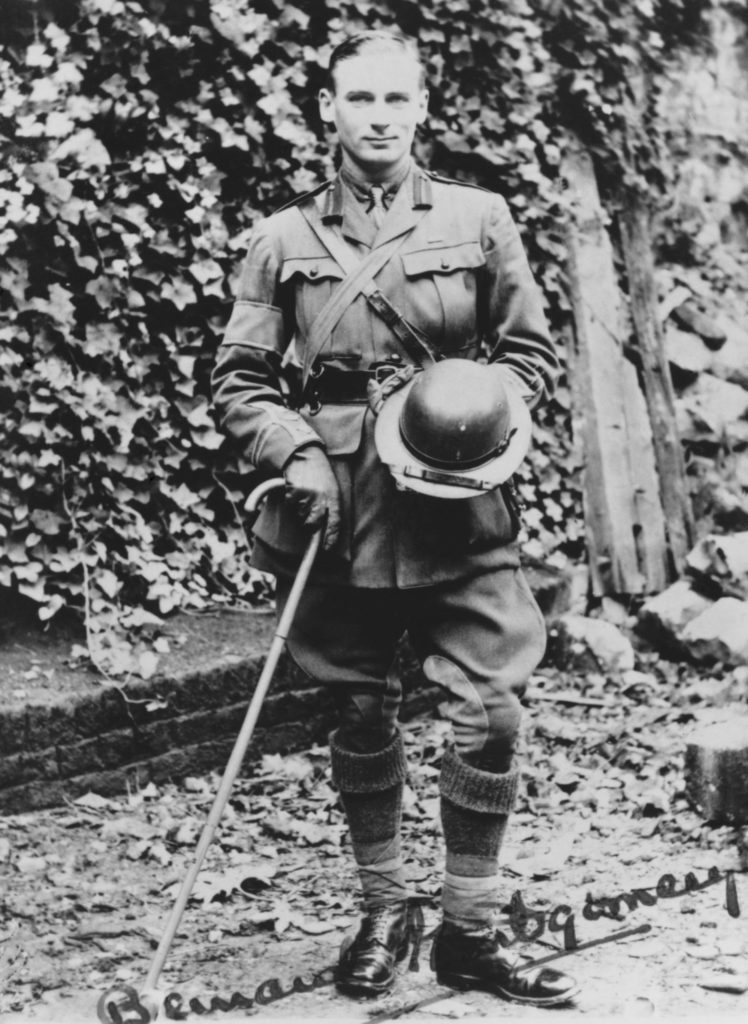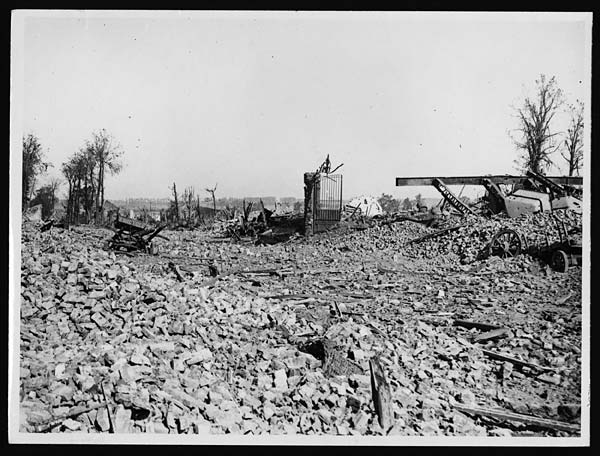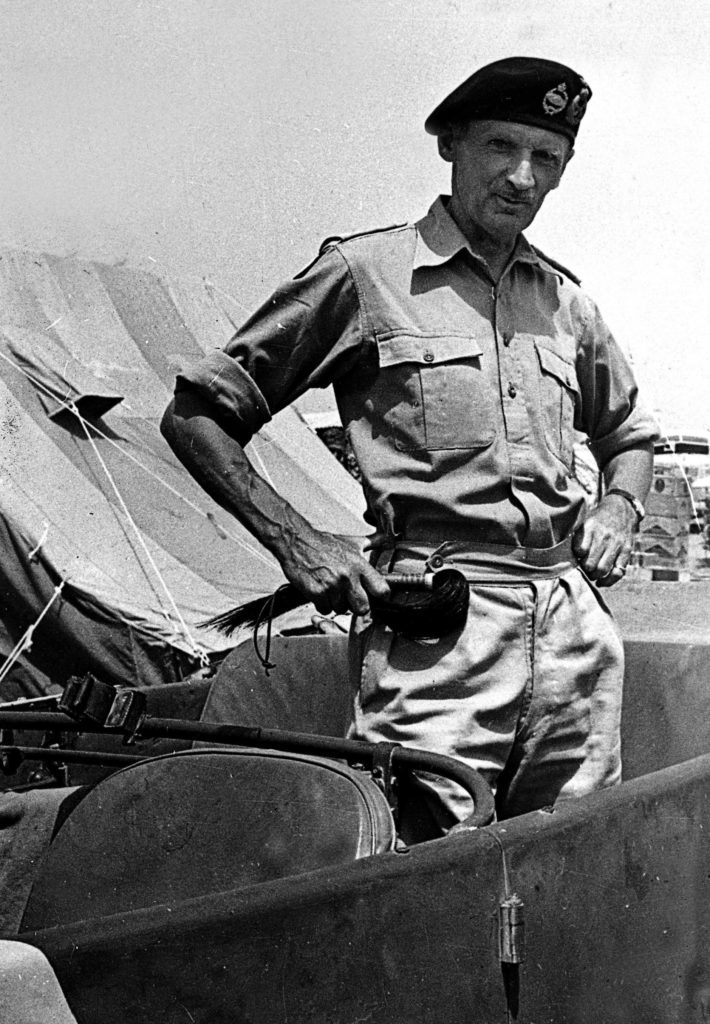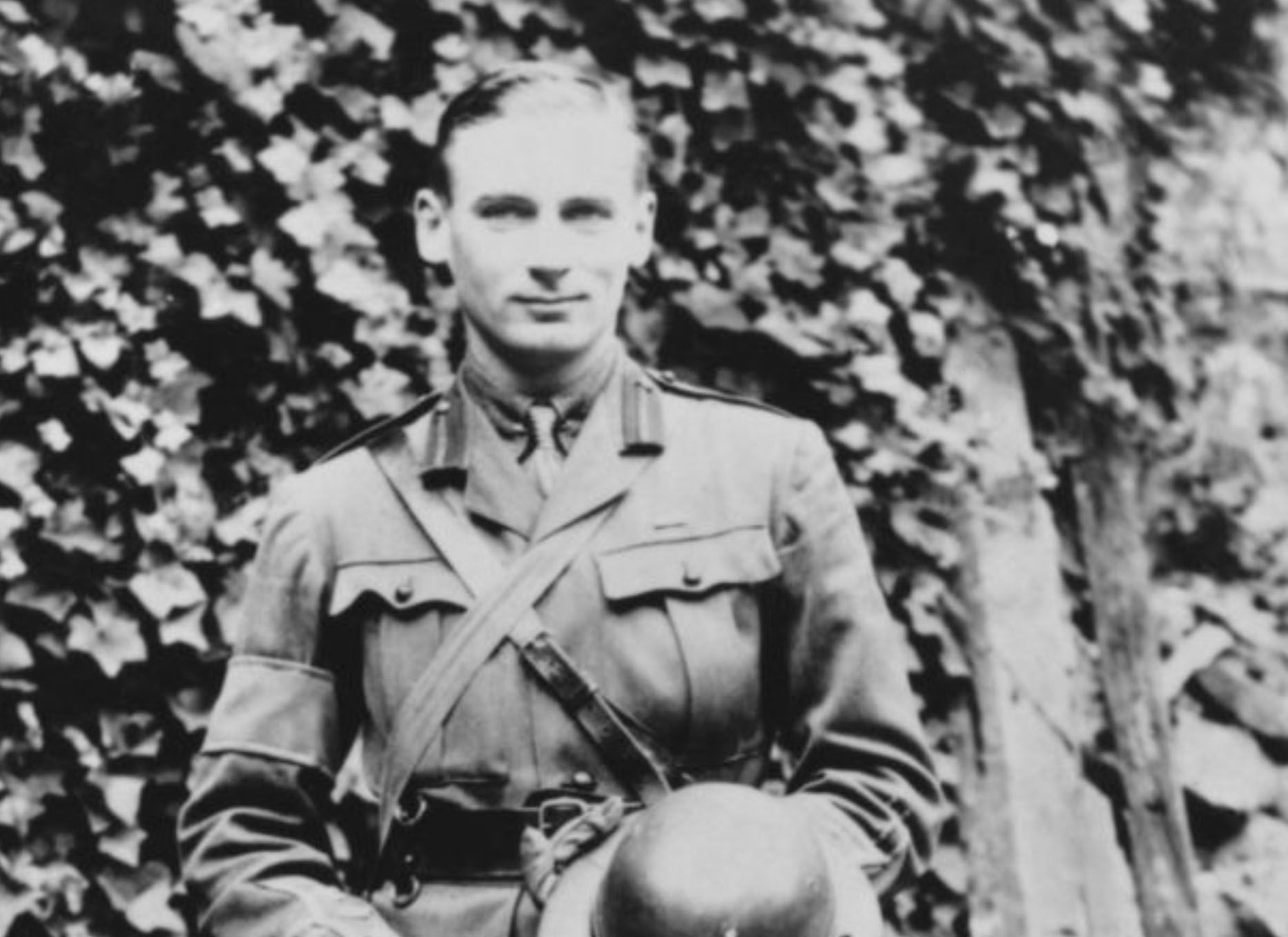While the First World War is infamous for large-scale bloody battles such as those at the Somme, the Ardennes and Passchendaele, the forgotten and desperate battle waged by men of Britain’s Royal Warwickshire Regiment for the town of Meteren in 1914 altered the course of military history.
Meteren is located in a historically Flemish-speaking area in present-day France. The region, known as Flanders, has been immortalized in literature and poetry such as John McCrae’s masterpiece, “In Flanders Fields.” Meteren was one of many scenic European towns where countless men were killed during World War I, far from their homes and families. Many of these soldiers are forgotten in time although their names today remain inscribed on plaques and memorials.
On Oct. 13, 1914, the quiet village was the site of a ruthless and bloody siege. German forces entrenched in dugouts and snipers holed up in houses beat back an assault launched by British ground forces. The 1st Battalion of the Royal Warwickshire Regiment attempted to drive the Germans out with guns and bayonets.
In the thick of the fierce blade fighting was 26-year-old Anglo-Irish Lieut. Bernard Law Montgomery, later cited in The London Gazette for wielding his weapon with valor and distinction. A strong-willed athlete with a love of military science, Montgomery threw himself into the battle with energy—beginning a platoon charge by brandishing a sword and body slamming a German rifleman in a trench. By nightfall, Montgomery’s destiny and approach to war would forever change.
Going to War
When war broke out in 1914, the 1st Battalion of the Royal Warwickshire Regiment, fated to fight at Meteren, was stationed at Shorncliffe in England. The battalion had previously been stationed in India—first at Peshawar and subsequently in Bombay and Deolali until they embarked for England on Dec. 11, 1912. According to Charles L. Kingsford’s 1921 history of the Royal Warwickshire Regiment, the 1st Battalion was part of the 10th Brigade of the 4th Division serving under the command of Brig.-Gen. James Aylmer Haldane. Called to the Western front, the battalion arrived in France on Aug. 22, 1914.
Prior to serving in World War I, the Royal Warwickshire Regiment already had a noble history. Undergoing various name changes, it was among the oldest infantry regiments in the British Army. The regiment fought in many notable conflicts including the War of Spanish Succession, the Peninsula Wars in Spain and France, the Indian Mutiny and the Boer War. King William IV gave the regiment the title “royal” in 1832. Throughout the 19th century, the majority of the regiment’s soldiers were hardy men from Lancashire, Yorkshire, Warwickshire and Ireland, according to Kingsford. The men were known as “Warwicks.” The regimental symbol was the antelope.
Montgomery joined the regiment in 1908. He had a boisterous and independent personality, as well as great curiosity and intelligence. Born into an ecclesiastical family, he had scandalized his strict relatives when he announced his vocation to be a soldier. Joining the army, the son of a bishop transformed into a tattooed, mustachioed adventurer known for enthusiasm for sports, travel and practical jokes. Young Montgomery was also very intellectual—an avid reader, he enjoyed studying history and literature, and penned numerous articles for his regimental magazine.

Arriving on the shores of war-torn France in 1914, Montgomery and his fellow Warwicks could hardly have known the horrors that awaited them. They arrived in the Le Cateau area on Aug. 23 with the 10th Brigade—just having missed the Battle of Mons.
A confused atmosphere overshadowed the countryside. The newly arrived men found the British Army in retreat. According to Kingsford, “news of what had happened was difficult to obtain.” The men marched north toward St. Python to cover the retreat of the 3rd and 5th Divisions. Cut off from other forces, the Warwicks took a wrong turn that nearly brought them into the path of the advancing Germans.
“If This Was Real War…”
It was not long before blood was spilled. As the tired soldiers rested in a cornfield on Aug. 26, a hailstorm of German bullets rained down upon others in their brigade. The Warwicks were ordered to attack. Among the group was Montgomery, whose company rallied ahead of the other troops in a firing line.
“The C.O galloped up…and shouted to us to attack the enemy on the forward hill at once,” he later remembered in his memoirs. “This was the only order; there was no reconnaissance, no plan, no covering fire. We rushed up the hill, came under heavy fire, my Company Commander was wounded and there were many casualties.”
As German bullets claimed the lives of seven officers and 40 men, the commander ceased giving orders and the men retreated with a lack of strategy that Montgomery found senseless. “If this was real war it struck me as most curious and did not seem to make any sense against the background of what I had been reading,” he recalled with cynicism.
Afterwards the Warwicks were abandoned with no further orders. “We were left behind when the retreat began and for three days we marched between the German cavalry screen and their main columns following behind, moving mostly by night and hiding by day,” Montgomery recalled. “In command of our party was a first-class regimental officer, Major A.J. Poole, and it was due entirely to him that we finally got back to the British Expeditionary Force and joined up with our battalion.”
Life for men of the Royal Warwickshire Regiment became a series of grueling marches, shooting skirmishes, and constantly changing orders before their true baptism of fire came at Meteren in early October. After the German takeover of Antwerp on Oct. 9, a struggle for port cities along the English Channel followed.
On To Meteren
Gen. Haldane received orders to seize the Meteren area from German forces. The brigade marched out from Caestre on the morning of Oct. 13 before 10 a.m. It would be a long and grueling day. The Warwicks formed the advance guard and were first to clash with the enemy. The Germans, sensing their approach, retreated into buildings and trenches. The small Flemish town was now an armed fortress.
“The Royal Warwickshire were then ordered to drive them out, and by skillful use of the ground made steady progress till about 1 o’clock, when they had gained the outskirts.

Then they were halted whilst the attack developed in other quarters,” wrote Kingsford.
A Bayonet Fight
The battle was especially bloody. The attacking Warwicks relied heavily on the use of the bayonet to drive the Germans from dugouts. British soldiers were issued a standard 17-inch bayonet with which to slash and stab enemies. The French military preferred a needlepoint-style bayonet, while some German bayonets had serrated edges. The rifle butt was also used as a bludgeoning tool.
Bayonet fighting was brutal and personal. German conscript Stefan Westmann, drafted into the 29th Infantry Division in April 1914, later recalled in a BBC interview published by The Telegraph in 2014 that using a bayonet in combat was a sickening experience that men quickly got used to. “My comrades…were absolutely undisturbed…One of them boasted that he had killed a [French infantryman] with the butt of his rifle, another one had strangled a captain,” he said. “A third one had hit somebody over the head with his spade and they were ordinary men like me.” Westmann however never recovered from using his bayonet. “I woke up at night sometimes drenched in sweat because I saw the eyes of my fallen adversary, of the enemy,” he said.
Montgomery was in the thick of the fray and described the combat as “grim fighting.” In peacetime, he had been a literal bayonet-fighting champion—winning prizes in man-to-man contests during training. Until Meteren, however, the young soldier had only stabbed sacks of straw. However, Montgomery proved tough in the gory struggle. The London Gazette on Dec. 1, 1914 noted that Montgomery displayed “conspicuous gallant leading, when he turned the enemy out of their trenches with the bayonet.”
At the height of their success, the Warwicks were suddenly ordered to stop the advance and hold their position. The initiative was lost. The men were targeted by German fire as they were forced to hold back. “They had advanced with admirable keenness, and most of the casualties occurred whilst halted under heavy fire,” wrote Kingsford with regret.
Shot In The Lung
A sniper’s bullet struck Montgomery in the chest. The shot pierced through his right lung. He fell in the open—exposed to enemy fire and suffering from what scientifically should have been a fatal injury. A fellow soldier, evidently with some affinity for combat medicine, ran to his aid and applied a field dressing to his injury. This man was shot in the head and fell on top of Montgomery, who remained pinned beneath the corpse for agonizing moments as more shots were fired at him. A series of bullets aimed at Montgomery struck the dead man. Montgomery received a second shot wound to the knee. Montgomery remained trapped there as his chest filled with blood.
British forces captured Meteren after nightfall. Yet the Warwicks, despite their heroism, were not credited with winning the battle. “This delay deprived the Royal Warwickshire of the credit of the actual capture of Meteren, which Gen. Haldane thought they might have achieved, had they been allowed to press forward,” wrote Kingsford. The troops moved to the eastern outskirts of Armentieres during the next several days.
Assuming Montgomery was dead, the men left him behind on the battlefield. Stretcher-bearers found him still clinging to life and took him to an Advanced Dressing station. His condition, in the eyes of medical personnel, was hopeless—a grave was dug for his imminent burial. Against all odds, Montgomery survived. He was transported to a hospital in France and eventually to a hospital in England due to the severity of his condition. Doctors established that most of his internal bleeding occurred in the pleural cavity around his lung. This “lucky” outcome of the shot wound was inexplicable, as was Montgomery’s recovery.
Montgomery received the Distinguished Service Order for his heroism during the battle—a rare distinction for a lowly lieutenant. His prolonged recovery in the hospital gave him time to reflect quietly. He became motivated to master circumstances around him by gaining greater military knowledge. This became a life pursuit.

Returning to Battle
“When I lay in hospital…I came to the conclusion that war was a highly professional business, and there is no room in war for the amateur,” he said during a 1960s interview. “So I decided that I must study my profession and get right down to it. And I gave up everything—everything. I took no part in social life. I worked.”
Montgomery returned to the battlefront in 1916. By the war’s end, the determined young Montgomery would become a Chief of Staff of a division at age 30. He would go on to fight many more battles and eventually become famous for victories during World War II. Although he made a full recovery, the lung injury took its toll—he could not tolerate cigarette smoke, although he always gave cigarettes to his men.
His experience at Meteren had changed him. Montgomery’s successes were spurred on by his grasp of morale and humane command style that he developed based on his early experiences fighting in the trenches.
Following their action at Meteren, the surviving troops of the regiment’s 1st Battalion dug in outside of Houplines, were they remained for a month under constant shellfire. In 1918, Meteren was reduced to a heap of rubble during a heavy bombardment. Many British soldiers who fell during the desperate battle for the town on Oct. 13, 1914, including men of the Royal Warwickshire Regiment, are today buried in Meteren Military Cemetery in France; 180 of those buried in the cemetery are unidentified. MH





